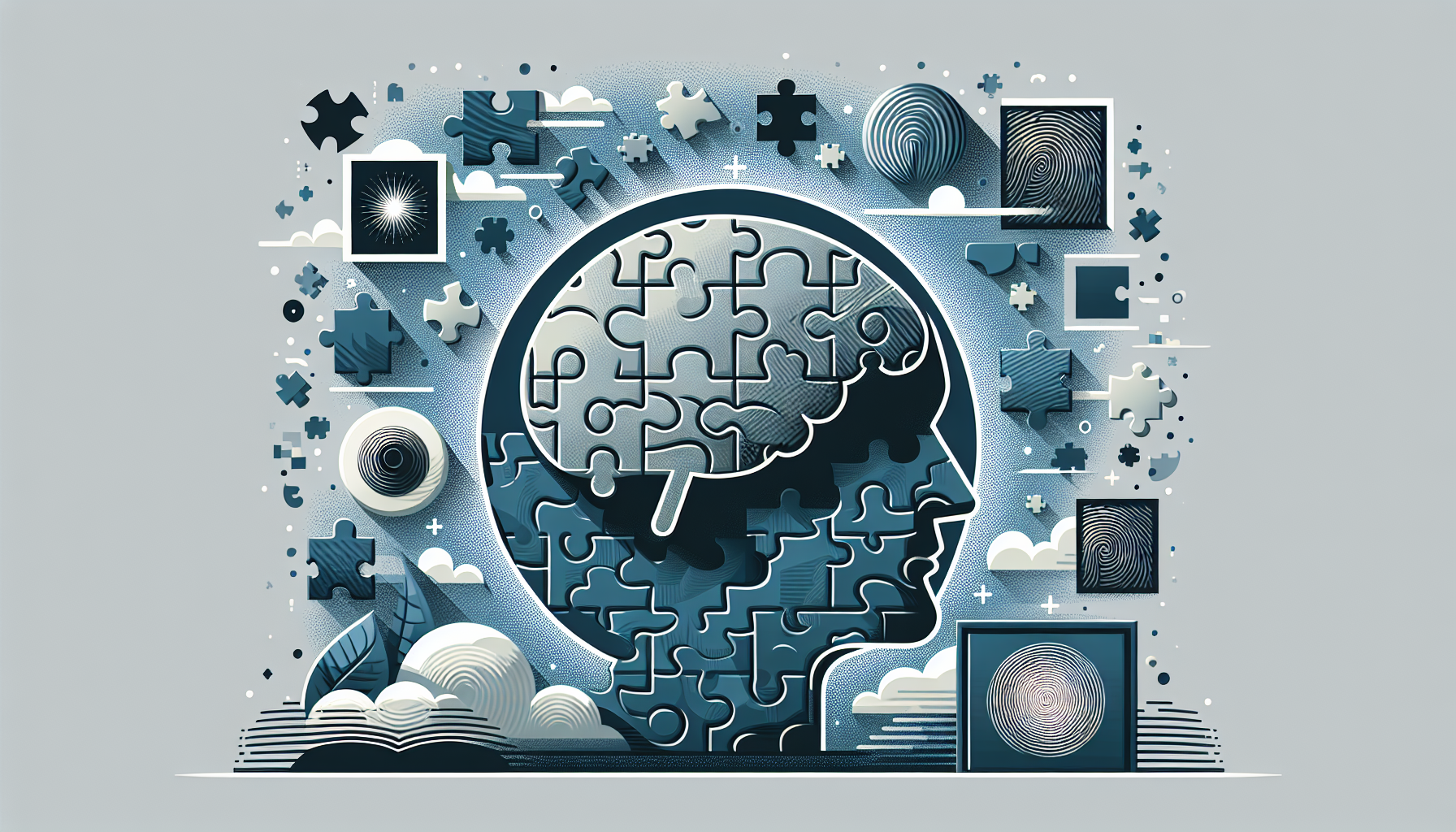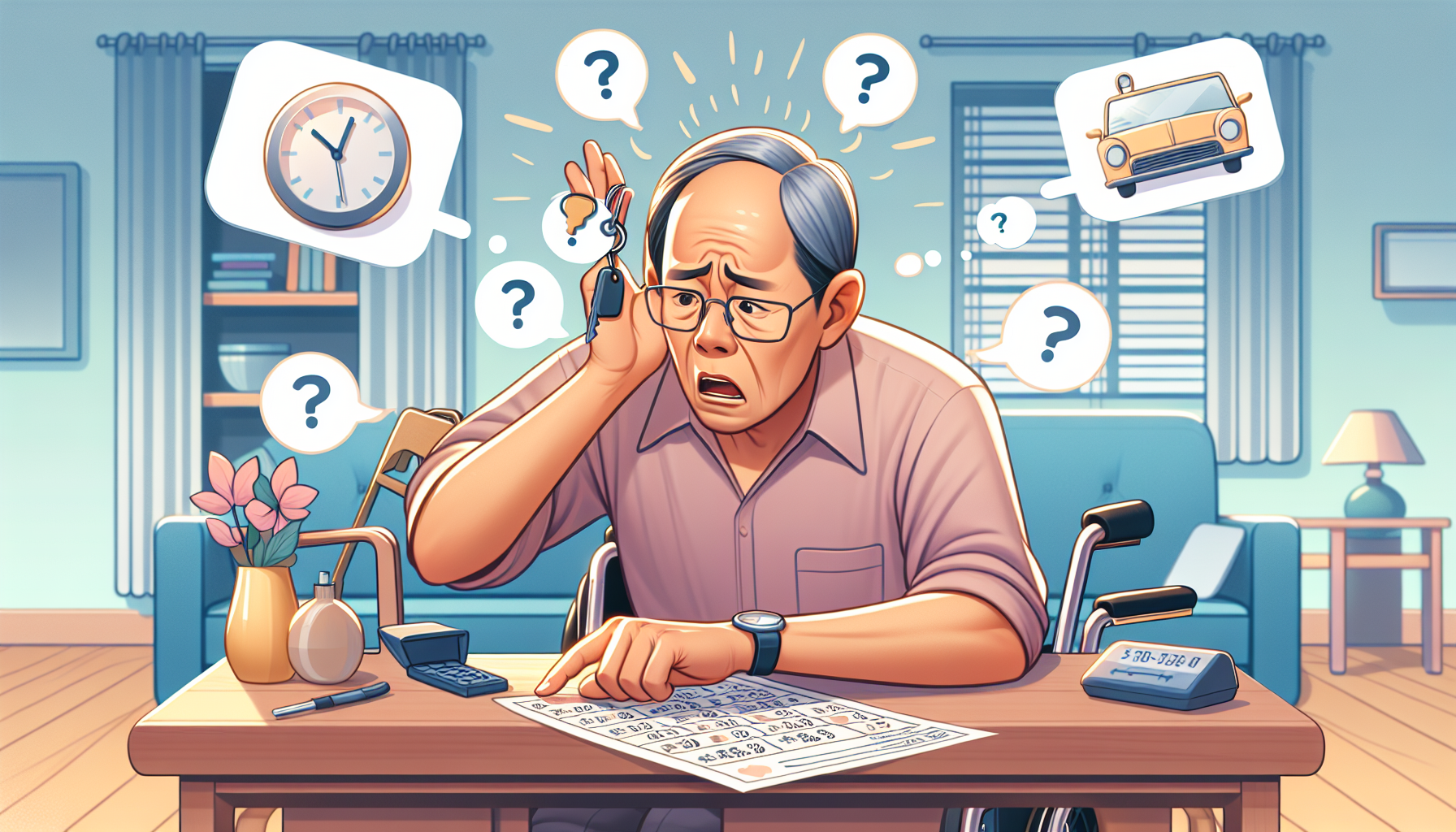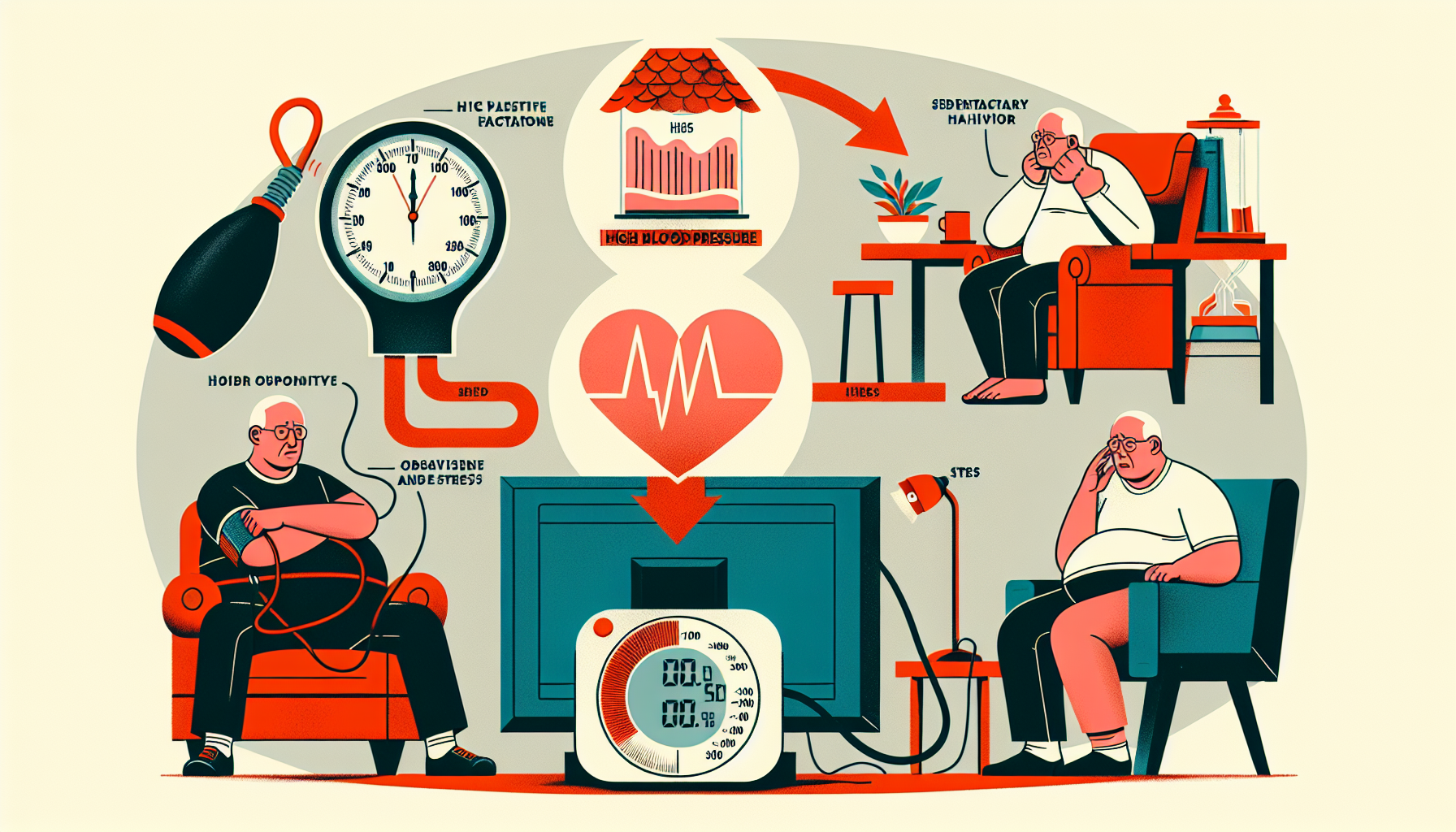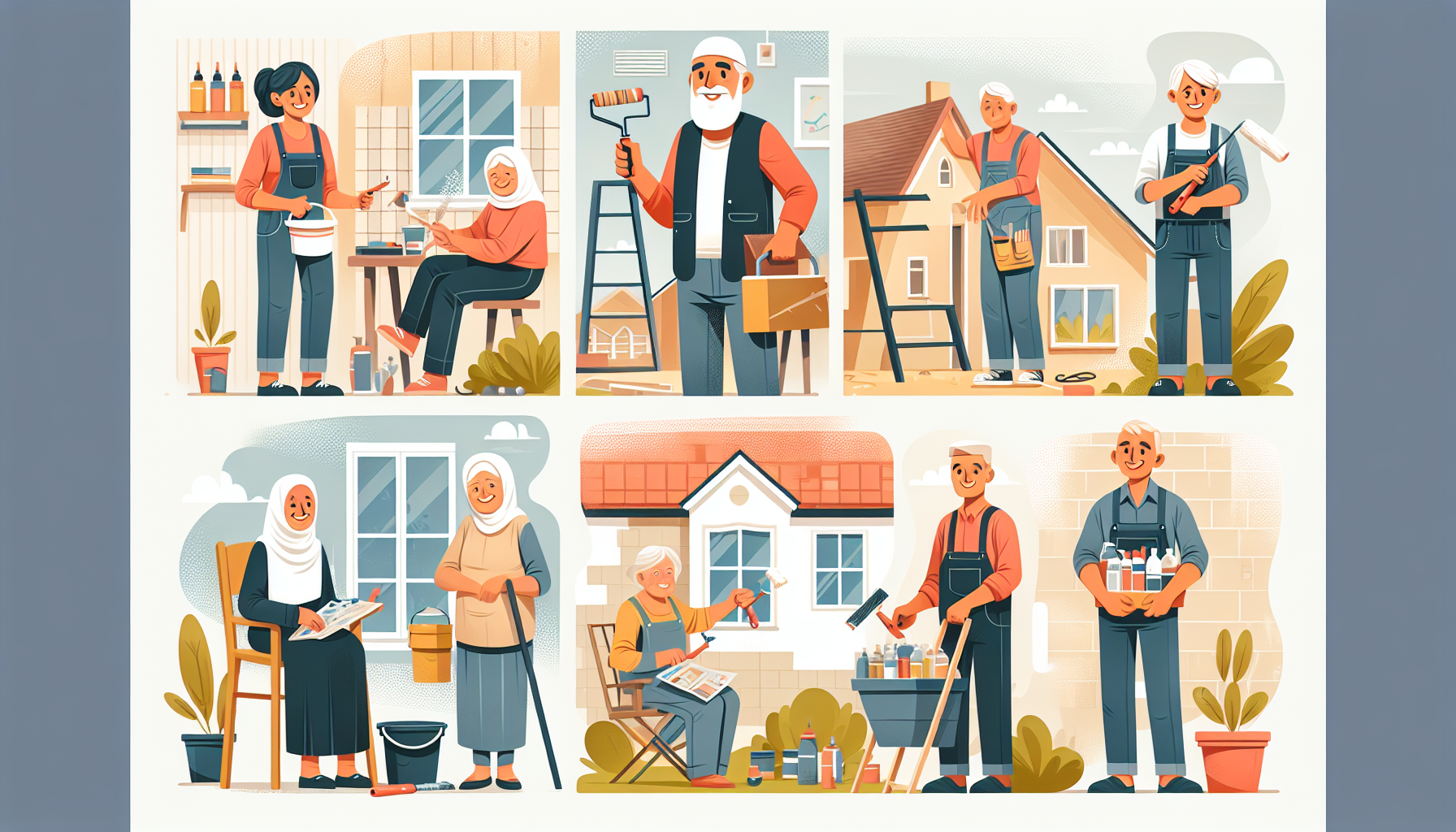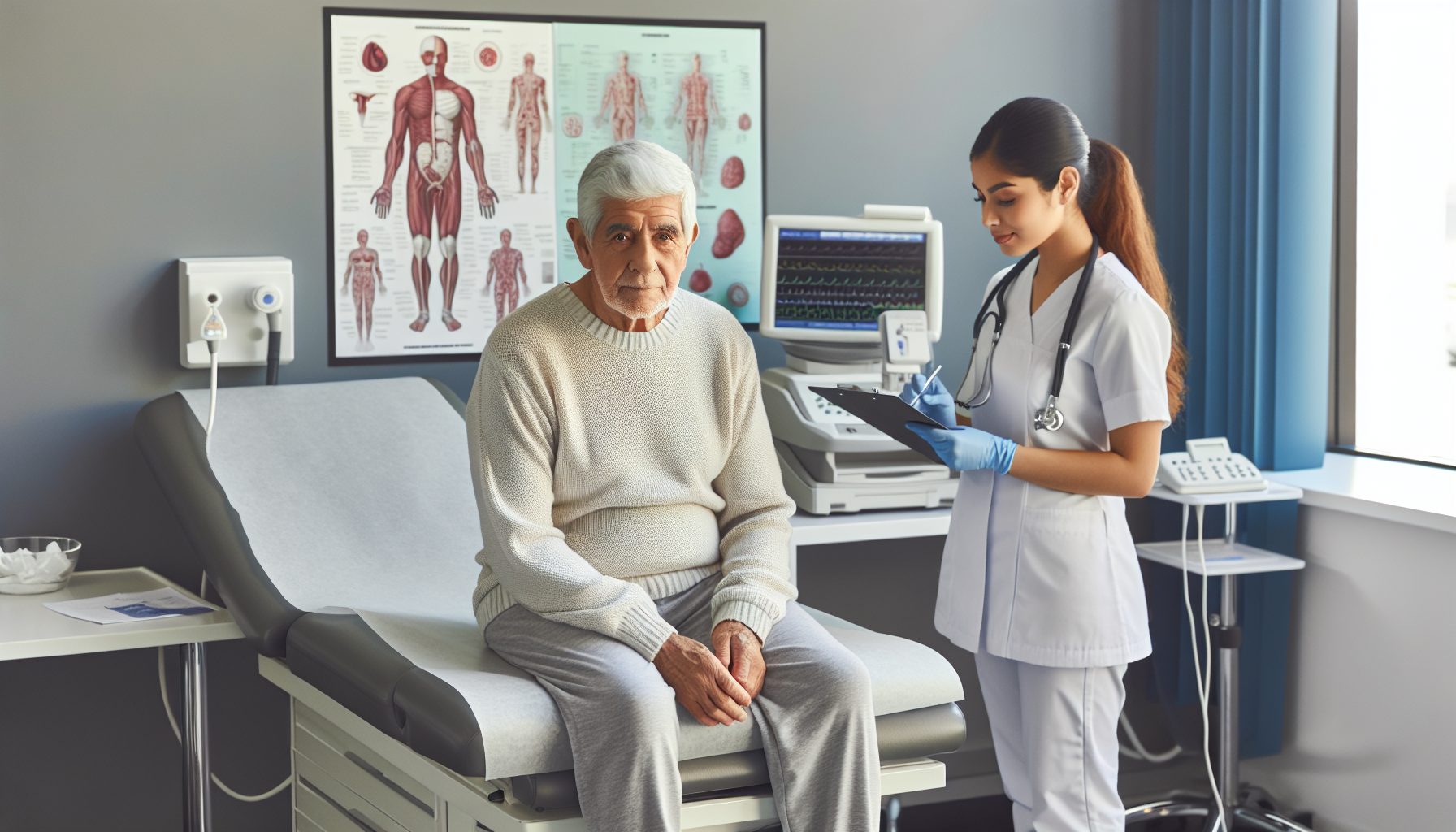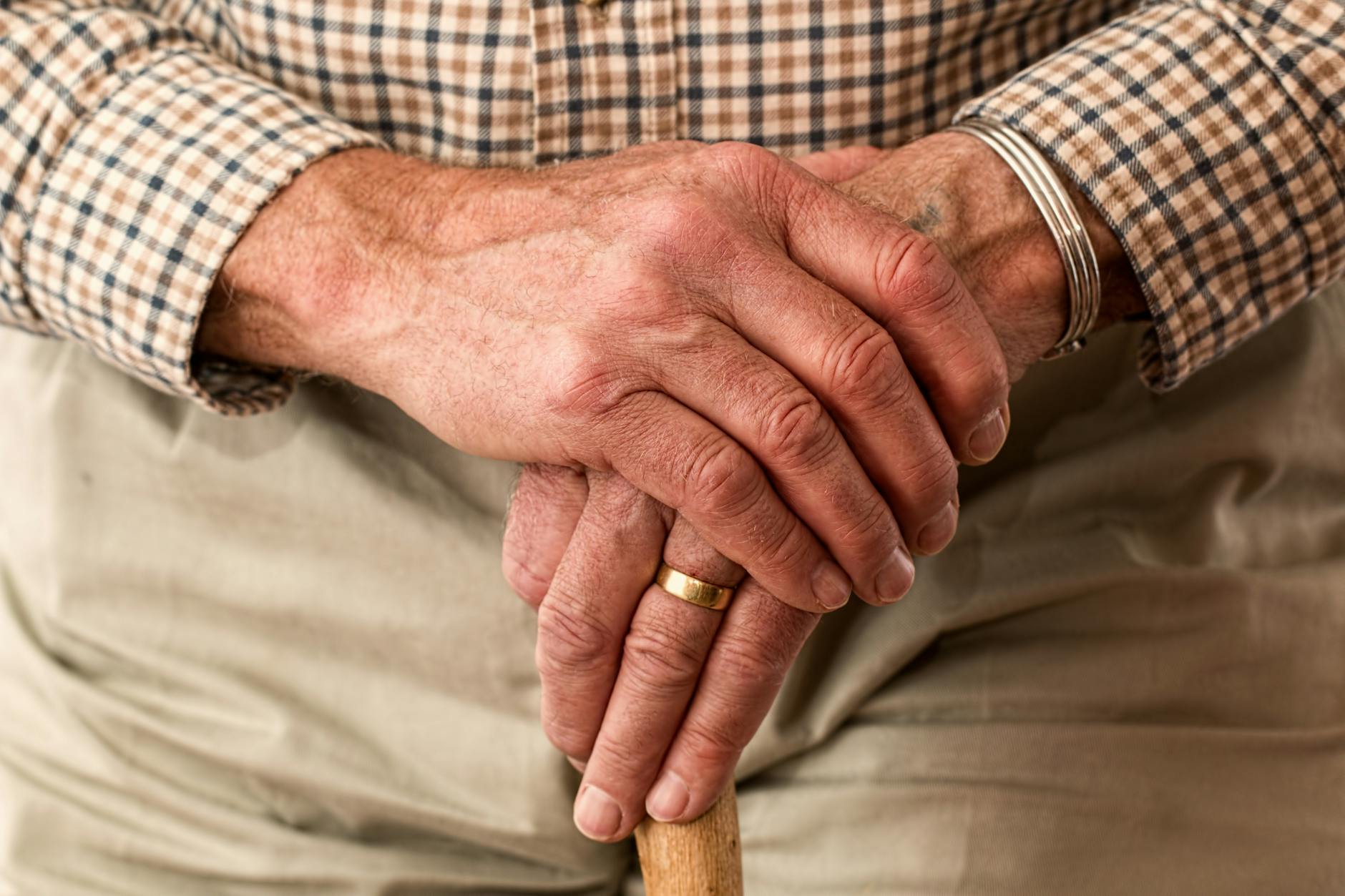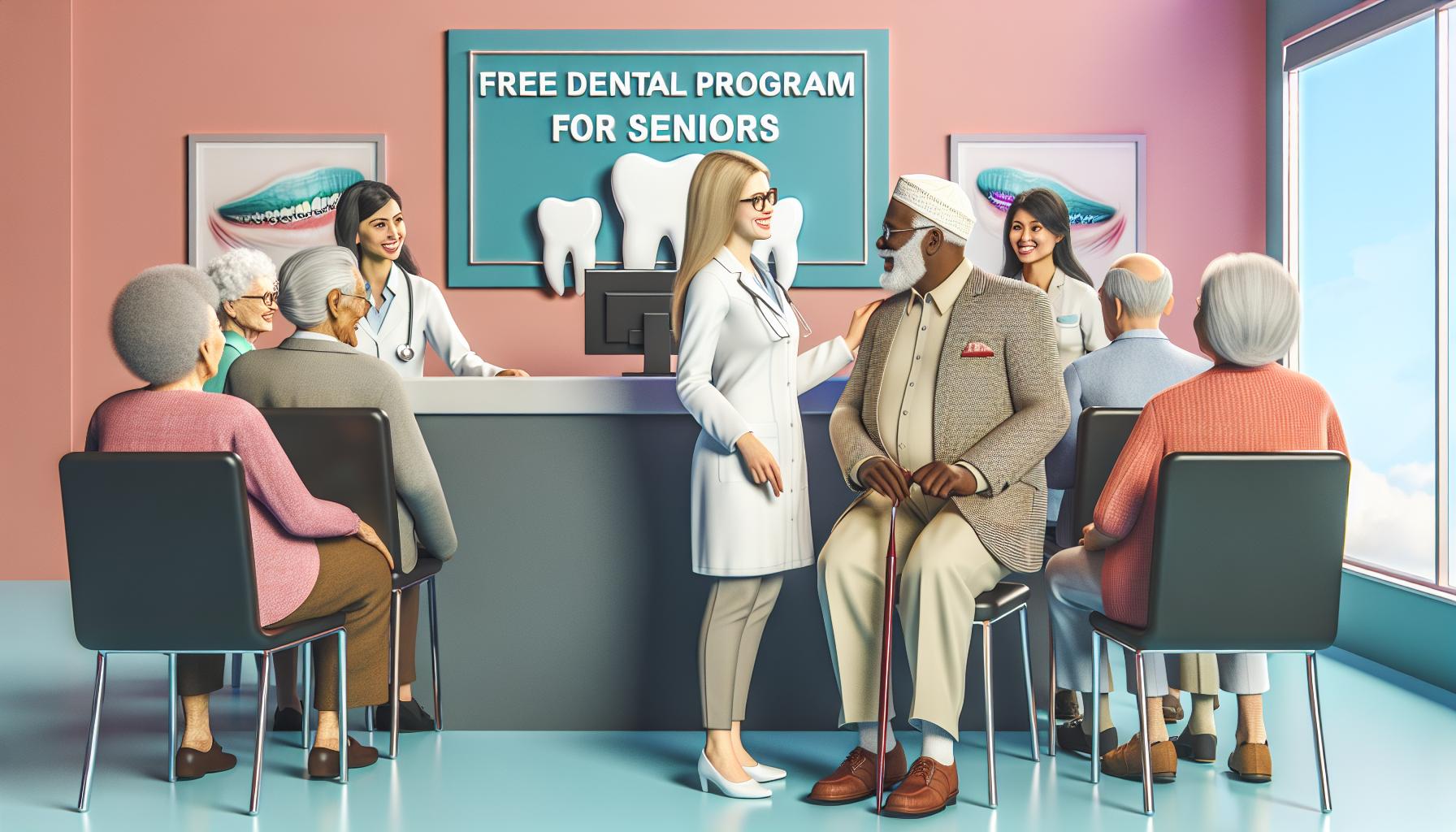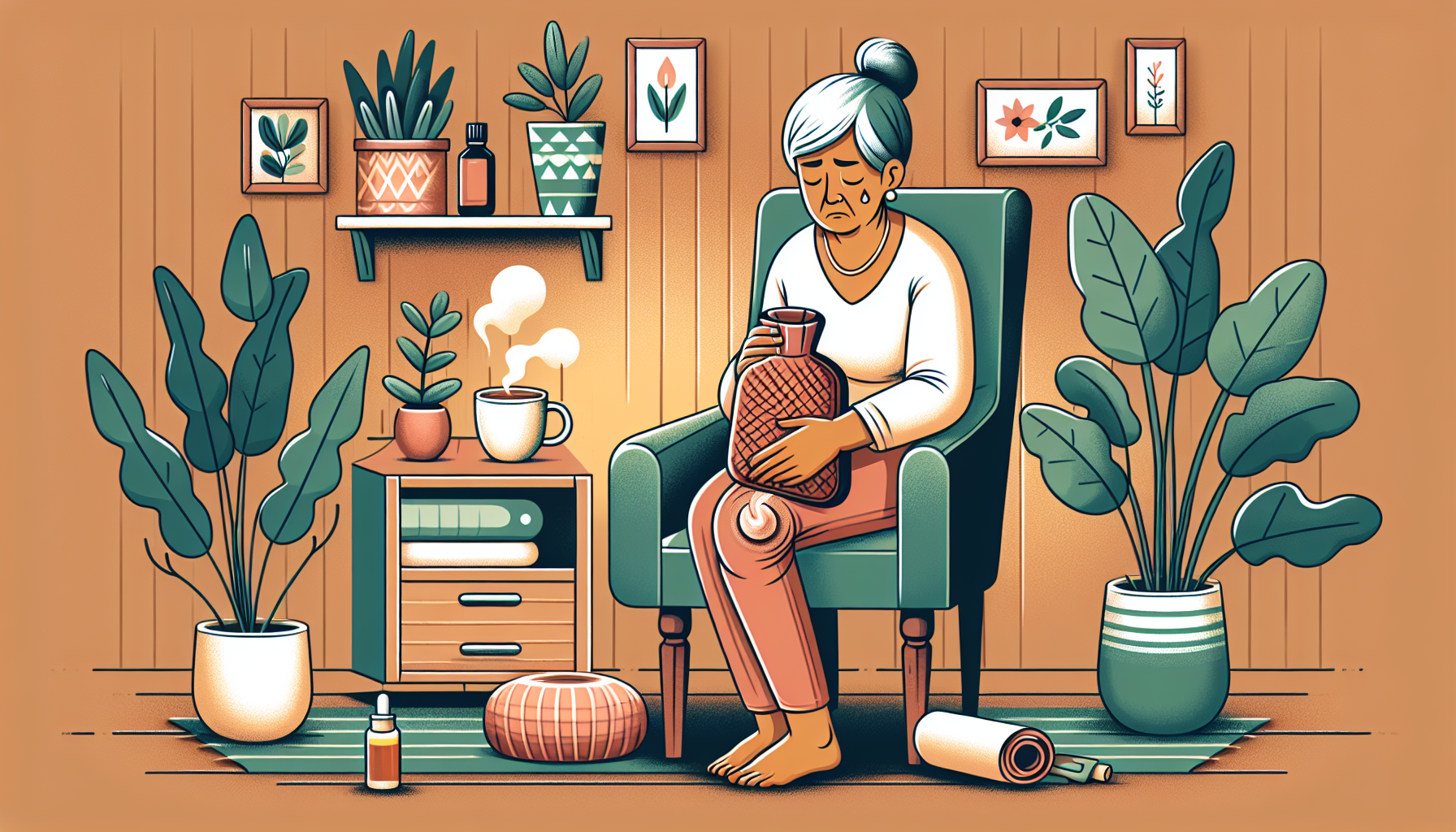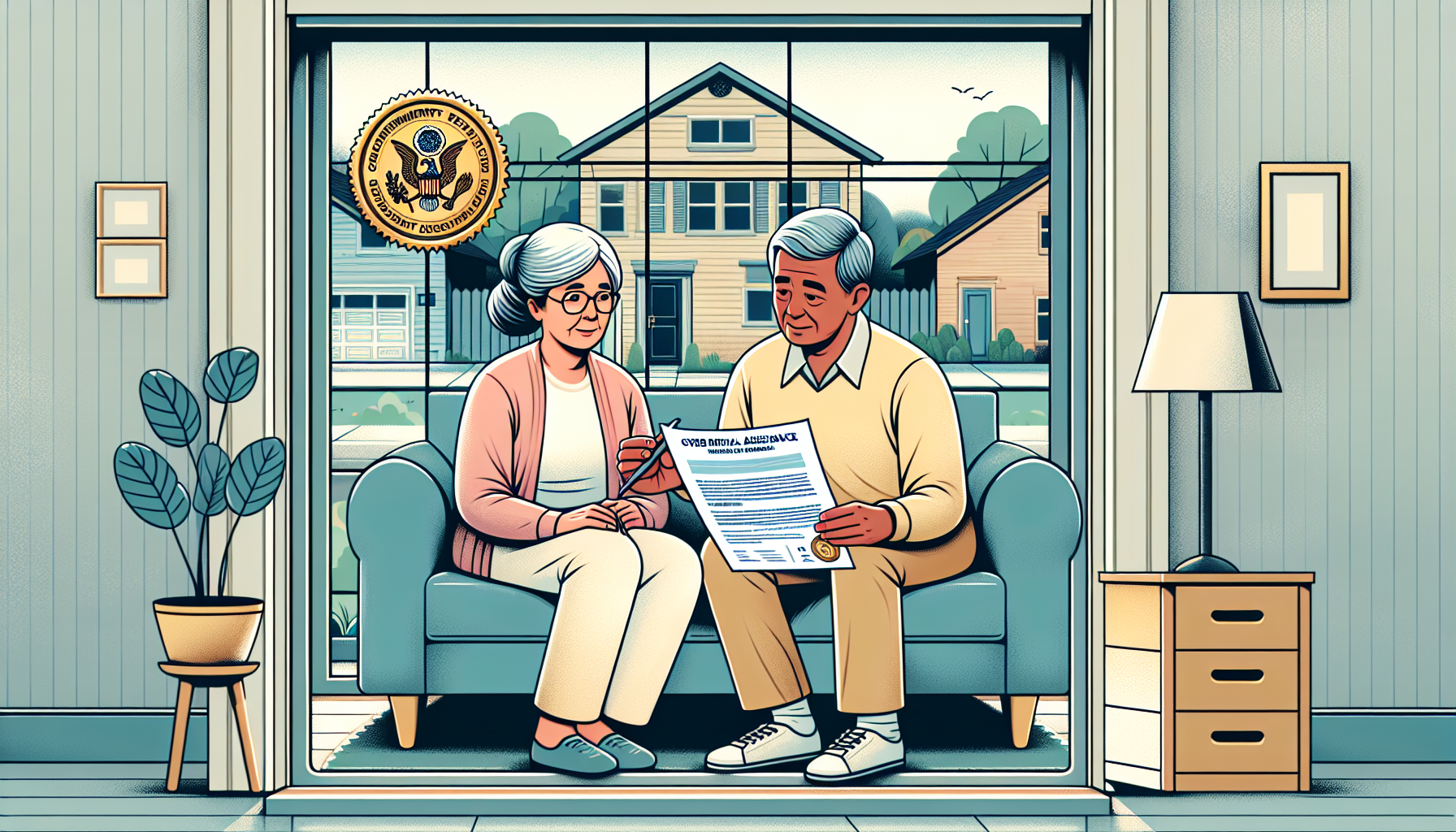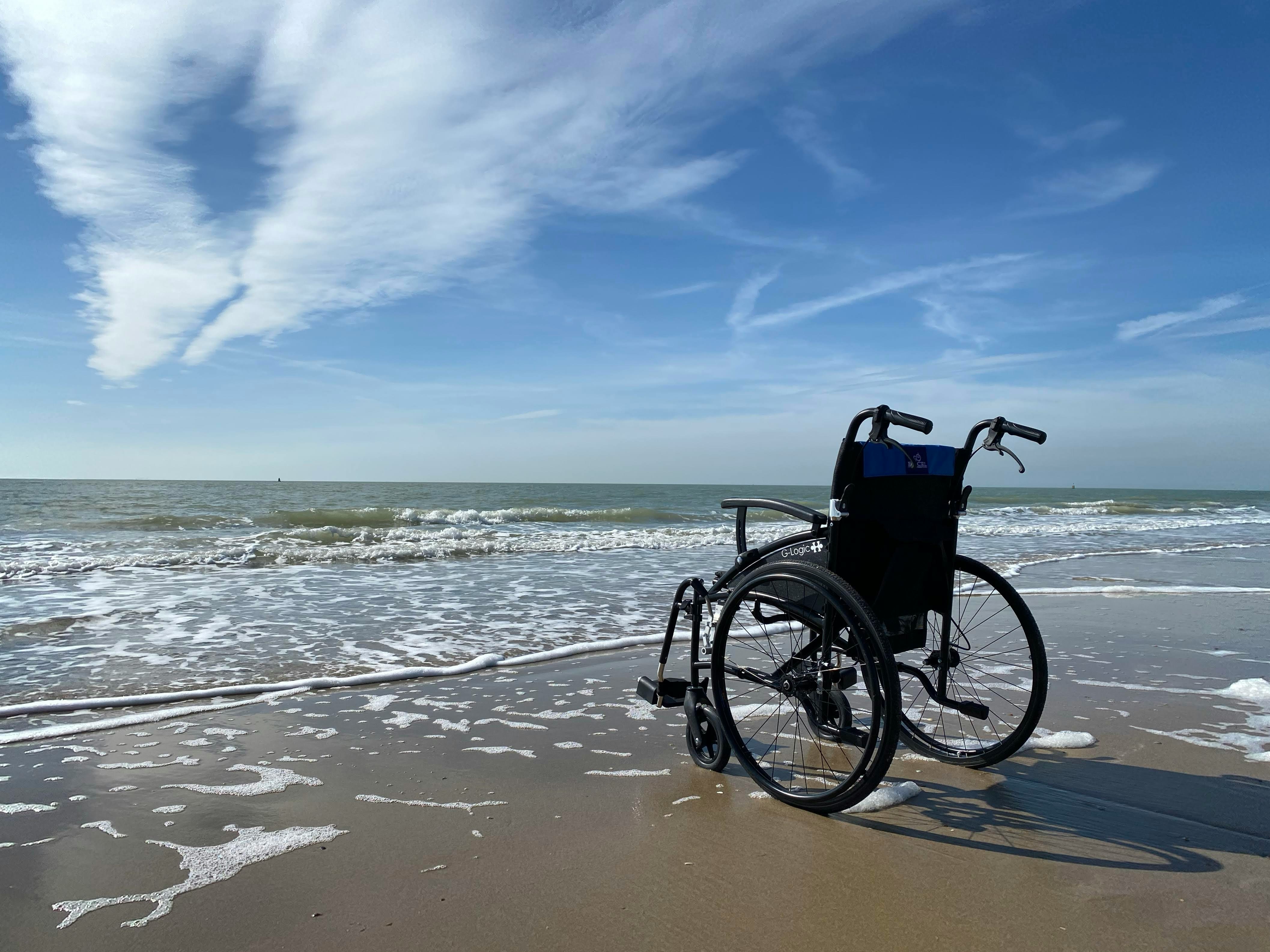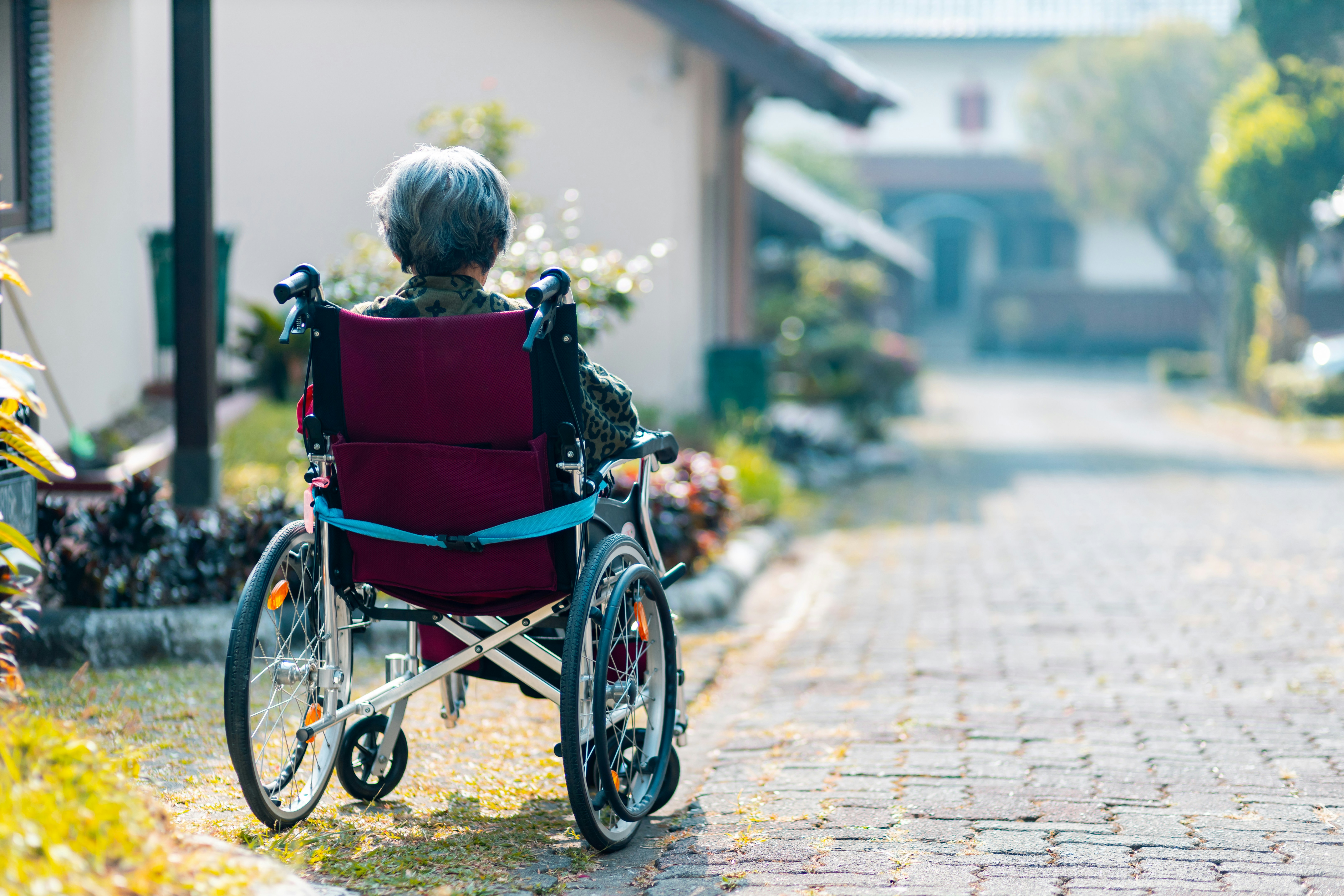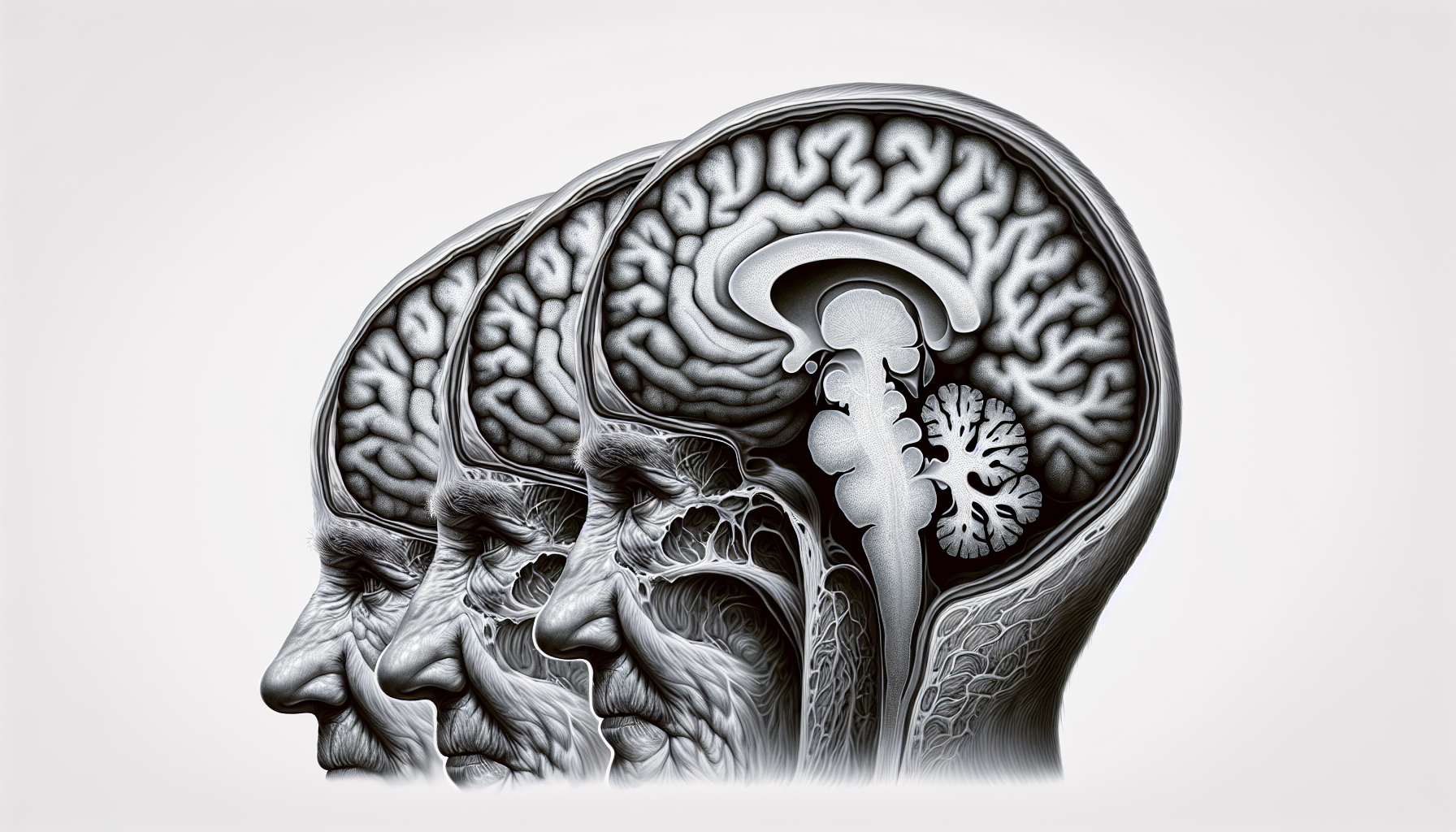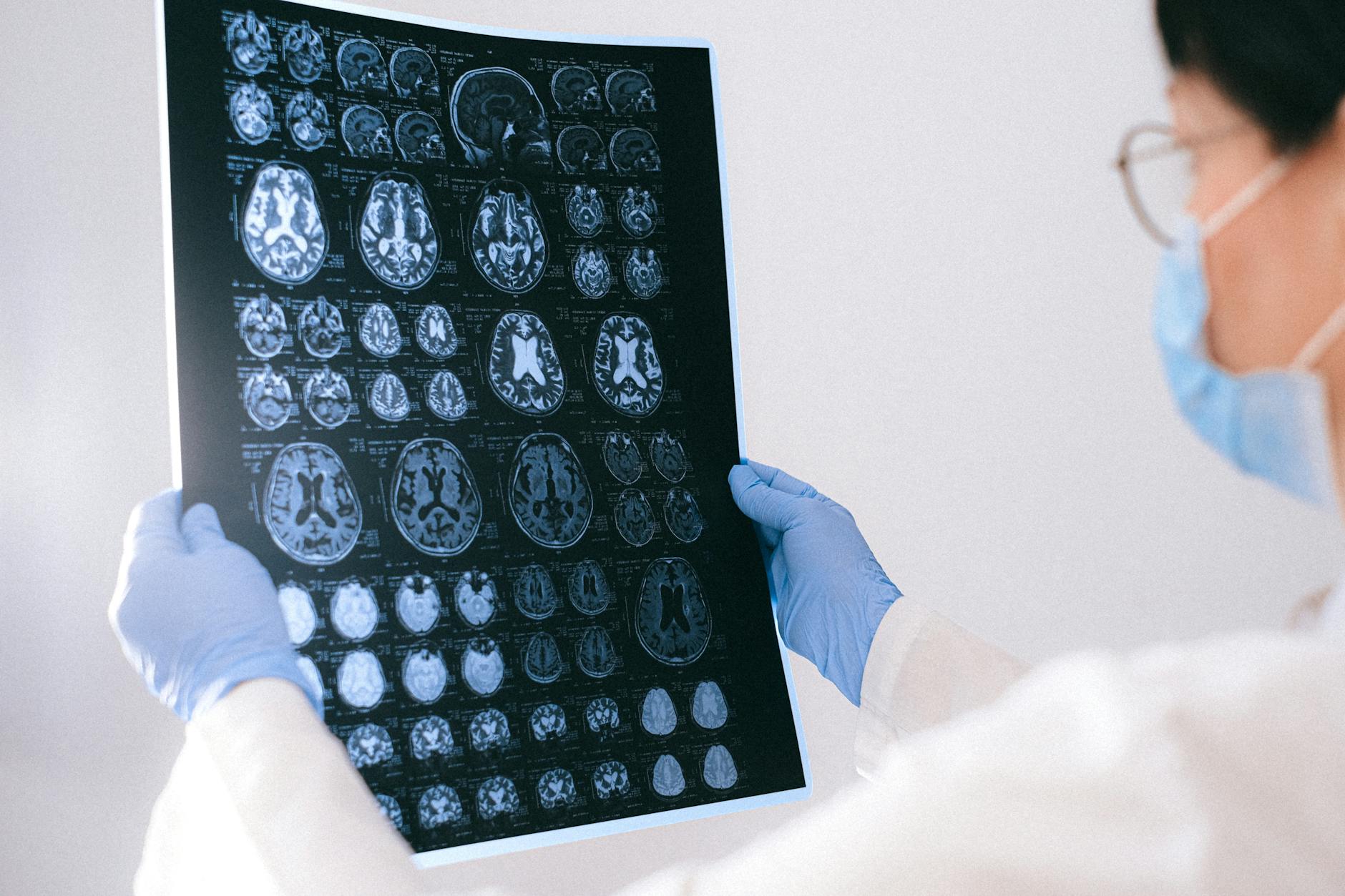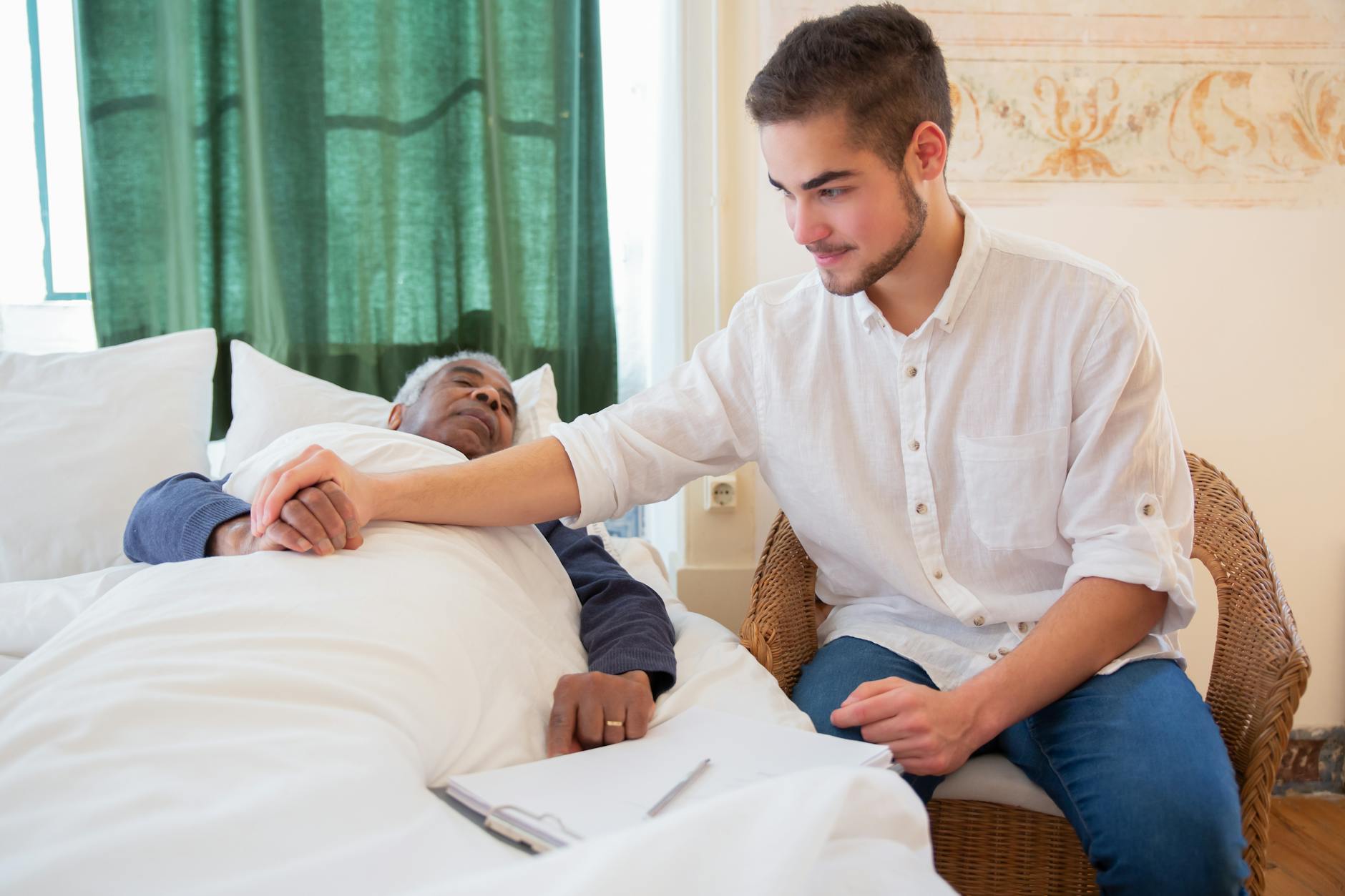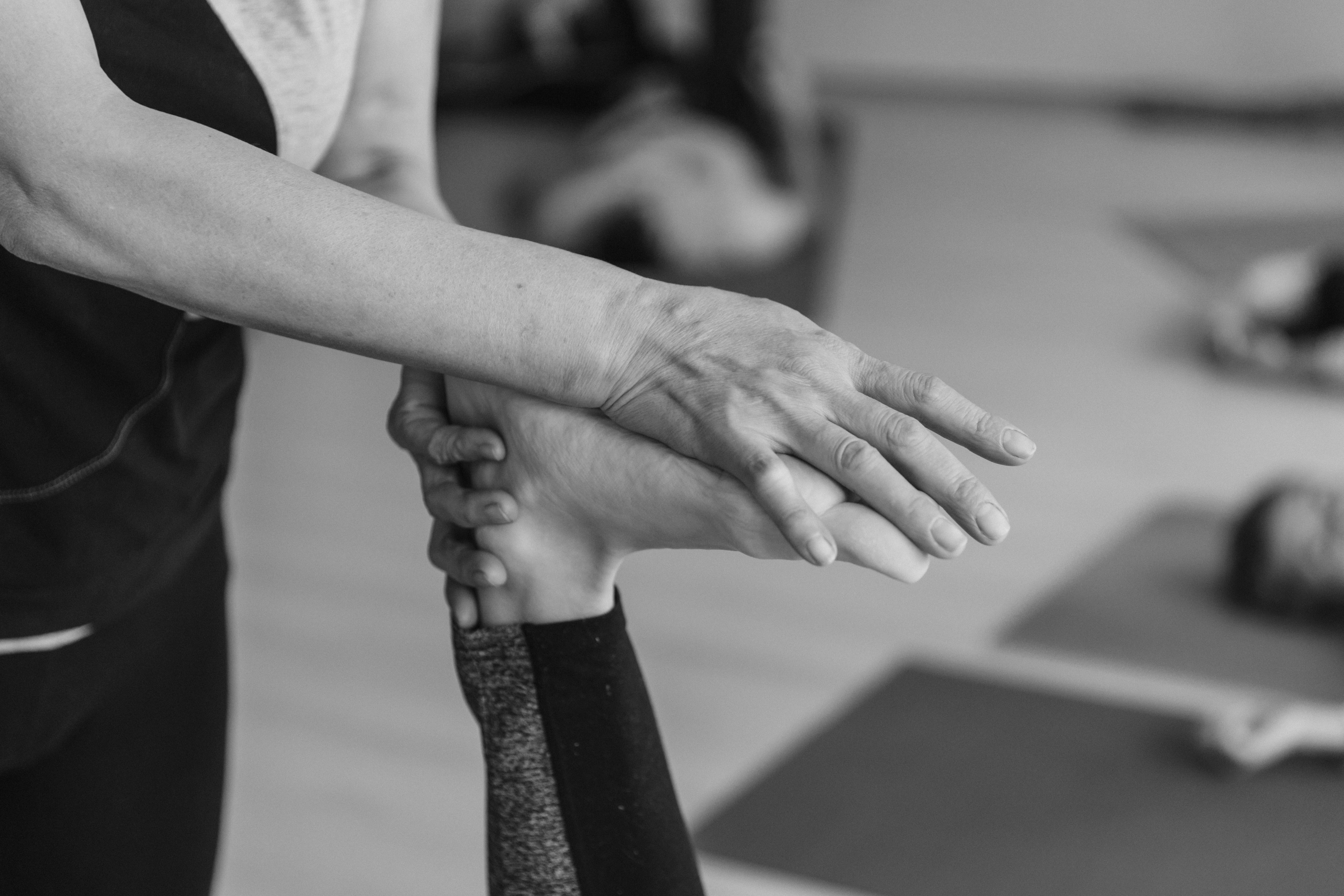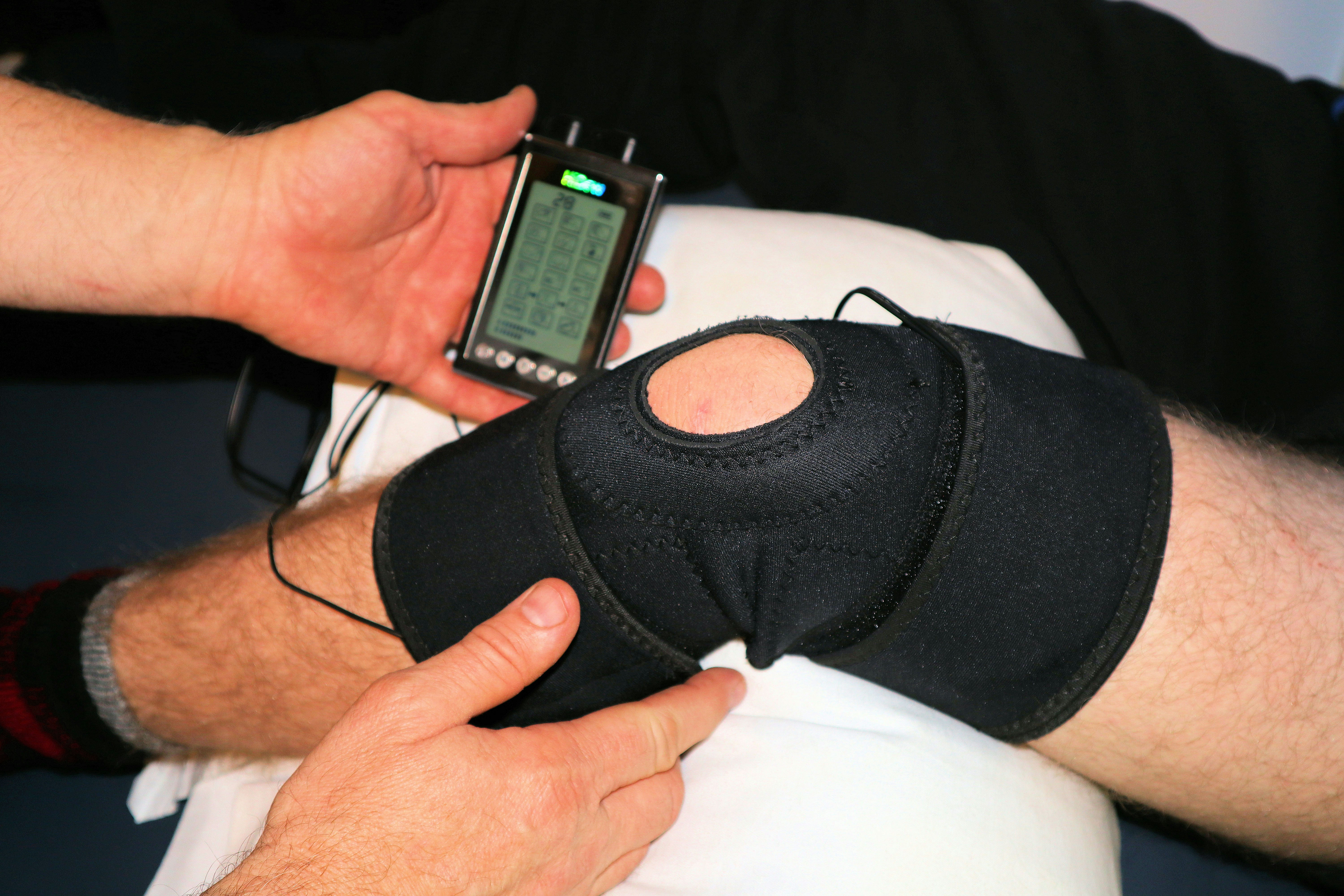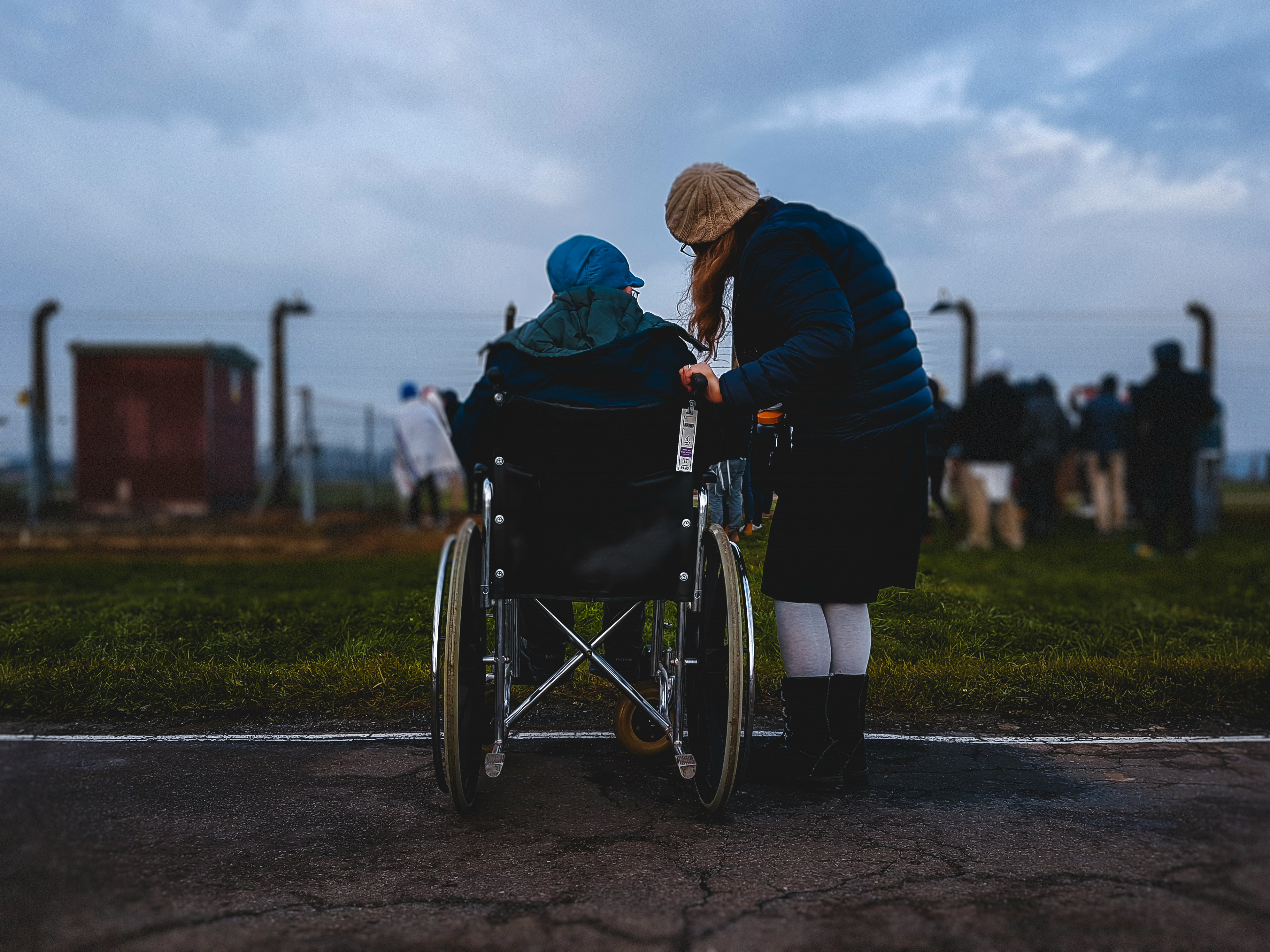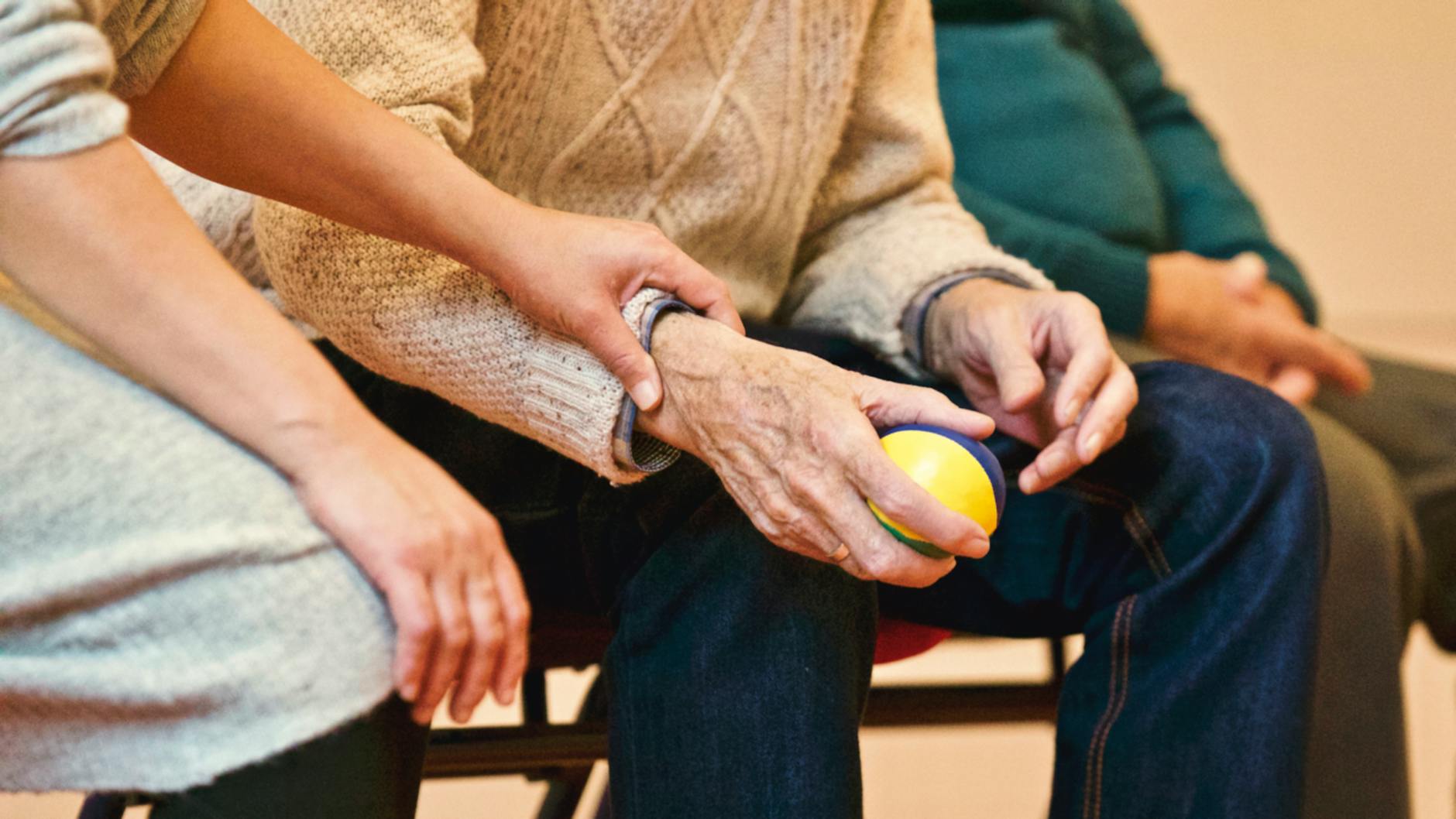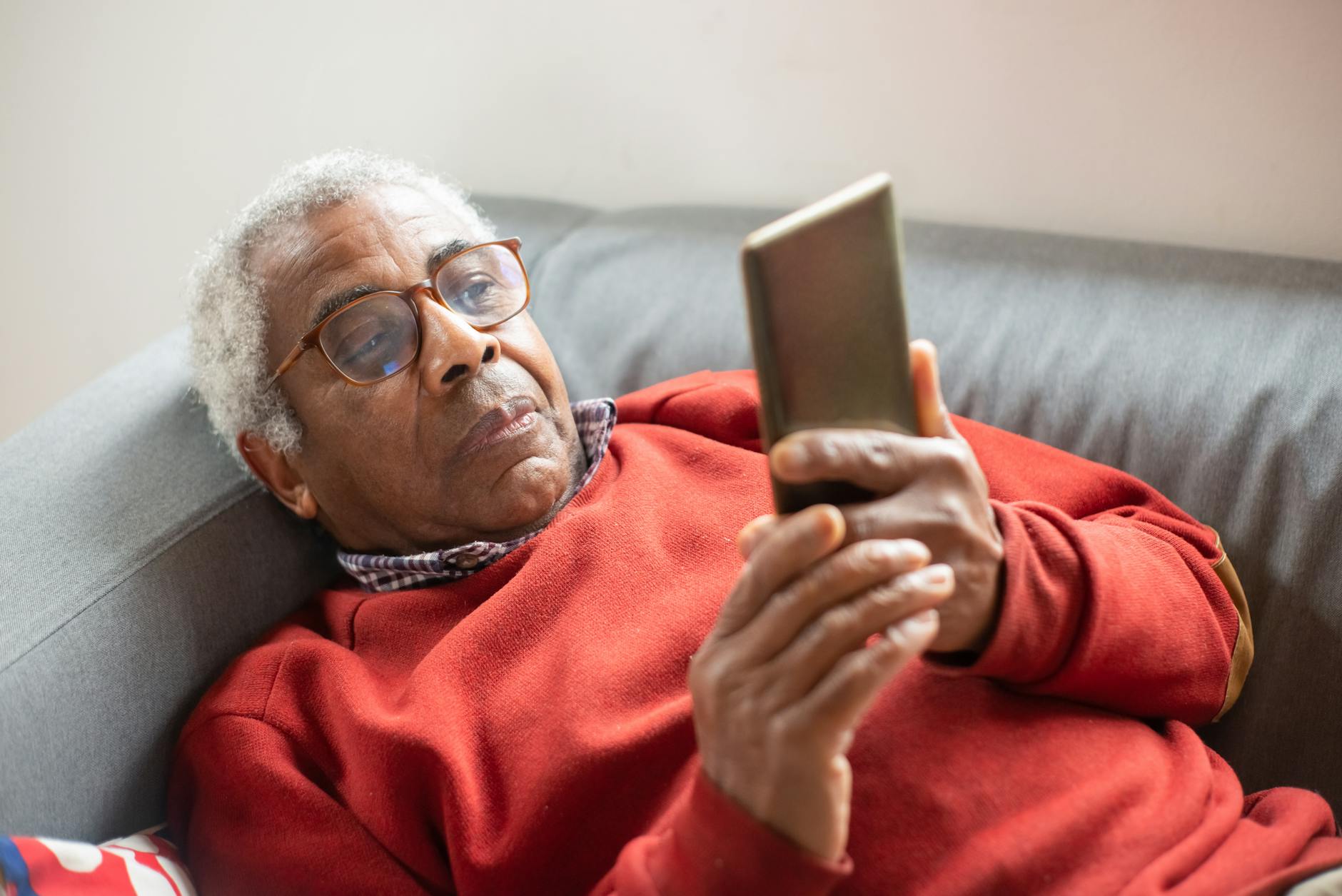Pain Management In Elderly
Learn about medications, non-pharmacological interventions, and the importance of a multidisciplinary approach.

Understanding Chronic Pain in Elderly
Chronic pain is a prevalent issue among the elderly population that requires careful attention and management. Understanding the prevalence and impact of chronic pain is crucial in providing effective care and support for elderly individuals.
Prevalence of Chronic Pain
Chronic pain affects a significant proportion of the elderly population. Studies have shown that the prevalence of chronic pain ranges from 25% to 50% in community-dwelling older adults, reaching up to 80% in institutionalized individuals. The prevalence increases with age, leveling off at around 70-75 years. Nearly 53% of seniors over the age of 65 experience persistent pain, according to a National Institutes of Health-funded study.
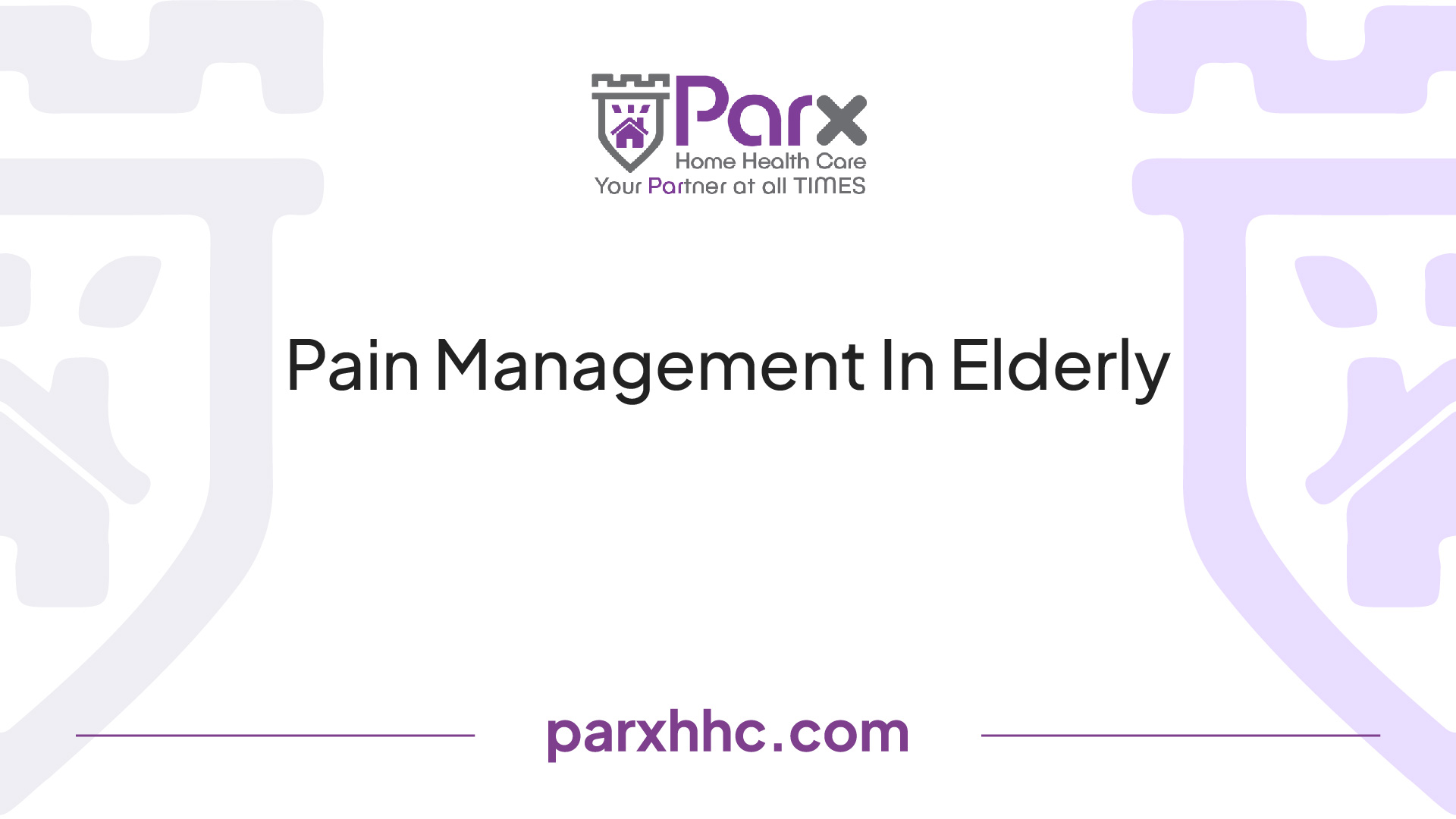
Several factors contribute to the increased prevalence of chronic pain in the elderly population. These include obesity, older age, and the presence of comorbidities [1]. It is important to recognize the high prevalence of chronic pain in the elderly to ensure appropriate pain management strategies are implemented.
Impact of Chronic Pain
Untreated or undertreated chronic pain in the elderly can have significant consequences on their overall well-being. Chronic pain can lead to a range of negative outcomes, including avoidance of activity, reduced mobility, increased risk of falls, depression, anxiety, sleep disorders, and social isolation. It can also have repercussions on health, activities of daily living, and overall quality of life.
Elderly individuals experiencing chronic pain may face challenges in carrying out daily activities, resulting in a reduced quality of life. Pain can also contribute to sleep disturbances, musculoskeletal problems, cognitive impairment, and increased medication use. It is vital to address chronic pain in the elderly to alleviate their suffering and improve their overall well-being.
By understanding the prevalence and impact of chronic pain in the elderly, caregivers and healthcare providers can develop effective pain management strategies tailored to the individual needs of elderly patients. It is important to prioritize the assessment and management of chronic pain to enhance the quality of life for elderly individuals experiencing this challenging condition.
Pharmacological Management
When it comes to managing chronic pain in the elderly, pharmacological interventions play a crucial role. Pain medication considerations and understanding the risks and benefits of pharmacological treatment are essential aspects of effective pain management.
Pain Medication Considerations
Pharmacologic intervention is commonly used in the treatment of chronic pain in the elderly. However, it is crucial to consult with a physician before starting any medication due to the higher risk of adverse drug reactions in this population. Geriatric patients may require different dosages and concentrations of medications, and careful monitoring of side effects is essential to avoid potential risks, such as addiction, especially when using opioid-based drugs.
Opioids, nonsteroidal anti-inflammatory drugs (NSAIDs), and antidepressants are among the medications commonly prescribed for chronic pain management in the elderly [1]. It is important to note that opioids should be started at a lower dose in the elderly, approximately 25%–50% of the dose given to younger patients, due to age-related changes in pharmacokinetics and pharmacodynamics [4].
Risks and Benefits of Pharmacological Treatment
Pharmacological treatments for chronic pain in the elderly, while effective in relieving pain, also come with certain risks and considerations. It is crucial to weigh the benefits against the potential side effects and drug interactions.
Common medications used for chronic pain management in the elderly include:
- Opioids: These powerful pain relievers can be effective for managing moderate to severe pain. However, they carry a risk of side effects such as constipation, sedation, respiratory depression, and the potential for addiction. Careful monitoring and adherence to prescribed dosages are essential to minimize these risks.
- NSAIDs: Nonsteroidal anti-inflammatory drugs can help reduce pain and inflammation. However, they may increase the risk of gastrointestinal bleeding and cardiovascular events, especially in elderly individuals with pre-existing conditions. Regular monitoring and cautious use are important to minimize these risks.
- Antidepressants: Certain classes of antidepressants, such as tricyclic antidepressants and serotonin-norepinephrine reuptake inhibitors (SNRIs), can be effective in managing chronic pain. However, they may cause side effects such as drowsiness, dizziness, and dry mouth. Close monitoring of patients receiving these medications is necessary to ensure optimal pain relief and minimize adverse effects.
Understanding the benefits and risks associated with pharmacological treatment is essential in making informed decisions regarding pain management in the elderly. It is crucial to work closely with healthcare providers to determine the most appropriate medications, dosages, and monitoring strategies for each individual patient.
By considering pain medication options and understanding the risks and benefits of pharmacological treatment, caregivers can play a vital role in ensuring effective pain management for elderly individuals. However, it is important to remember that pharmacological interventions are just one aspect of a comprehensive approach to chronic pain management in the elderly, and a multidisciplinary approach that includes non-pharmacological interventions and the involvement of healthcare providers is crucial for optimal outcomes.
Non-Pharmacological Interventions
When it comes to managing chronic pain in the elderly, non-pharmacological interventions can play a crucial role in providing relief and improving overall well-being. These interventions focus on alternative methods of pain management that don't involve medication. Two common non-pharmacological interventions for pain management in the elderly are exercise and physical therapy, as well as heat therapy and relaxation techniques.
Exercise and Physical Therapy
Exercise and physical therapy are effective non-pharmacological interventions for managing chronic pain in the elderly. Engaging in regular physical activity can help improve strength, flexibility, and mobility, which can in turn alleviate pain and reduce the risk of further complications.
Exercise programs tailored to the needs of older individuals can include low-impact activities such as walking, swimming, or tai chi. These activities help to improve joint function, promote muscle strength, and enhance overall physical fitness. Physical therapy, on the other hand, involves targeted exercises and techniques guided by a professional therapist to address specific pain areas and improve mobility.
Research has shown that combining pain medication with non-pharmacological interventions, including exercise and physical therapy, leads to higher perceived comfort and lower pain levels in older individuals compared to those solely relying on pain medication. It is important to consult with healthcare professionals or physical therapists to determine the most suitable exercise and physical therapy program for the elderly individual's specific needs.
Heat Therapy and Relaxation Techniques
Heat therapy and relaxation techniques are additional non-pharmacological interventions that can help manage chronic pain in the elderly. Heat therapy involves the application of heat to the affected areas, which can help reduce pain and stiffness by improving blood flow and promoting muscle relaxation.
Various methods of heat therapy can be used, including hot packs, warm towels, or warm baths. It is important to ensure that the temperature is comfortable and not excessively hot to avoid any burns or skin damage. Heat therapy can be especially beneficial for conditions such as arthritis or muscle tension.
Relaxation techniques, such as deep breathing exercises, meditation, or guided imagery, can also help alleviate chronic pain in the elderly. These techniques promote relaxation of both the body and mind, reducing stress and tension that can exacerbate pain perception. By incorporating relaxation techniques into daily routines, individuals can experience a sense of calm and better manage their pain.
Incorporating non-pharmacological interventions, such as exercise and physical therapy, as well as heat therapy and relaxation techniques, into the pain management plan for the elderly can provide additional relief and improve their overall quality of life. It is important to consult with healthcare professionals and experts in these fields to ensure that these interventions are implemented safely and effectively. Remember, what works for one person may not work for another, so it's crucial to tailor these interventions to meet the individual needs of each elderly person experiencing chronic pain.
Importance of Multidisciplinary Approach
When it comes to managing chronic pain in the elderly, a multidisciplinary approach is crucial to ensure effective and comprehensive care. This approach involves the involvement of various healthcare providers and caregivers who work together to address the unique needs of elderly individuals experiencing pain.
Involvement of Healthcare Providers
Healthcare providers, such as physical therapists, physicians, psychologists, psychiatrists, and care providers, play a significant role in the multidisciplinary approach to pain management for the elderly [3]. Each of these professionals brings their expertise to the table, contributing to a holistic and individualized pain management plan.
Physical therapists can help with exercises, stretches, and other physical interventions to improve mobility and reduce pain. Physicians can assess the underlying causes of pain and prescribe appropriate medications. Psychologists and psychiatrists can address the psychological aspects of pain and provide counseling and therapy to support emotional well-being.
Through collaborative efforts, healthcare providers can work together to develop a comprehensive pain management plan that considers the unique needs, preferences, and medical conditions of elderly individuals. This multidisciplinary approach ensures that all aspects of pain management are covered and optimized for the best possible outcomes.
Role of Caregivers in Pain Management
Caregivers also play a crucial role in the pain management of elderly individuals. They provide essential support, both physically and emotionally, to help alleviate pain and improve the overall well-being of the elderly [3]. Caregivers can assist in implementing the recommendations and treatment plans suggested by healthcare providers, ensuring that medications are taken as prescribed and exercises are performed correctly.
Moreover, caregivers act as advocates for the elderly, ensuring that their pain is accurately assessed, diagnosed, and managed. They can communicate any changes in pain levels or symptoms to healthcare providers, facilitating timely adjustments to the pain management plan. Caregivers offer comfort, companionship, and reassurance, which are vital in promoting a positive mindset and reducing the impact of pain on the elderly individual's daily life.
By actively involving caregivers in the multidisciplinary approach, the pain management plan becomes more comprehensive and personalized. Caregivers serve as a crucial link between healthcare providers and the elderly, ensuring that all aspects of pain management are addressed and that the elderly individual receives the support they need.
In conclusion, a multidisciplinary approach to pain management in the elderly is essential for optimal outcomes. By involving healthcare providers from various disciplines and actively engaging caregivers, a comprehensive and tailored pain management plan can be developed. This approach enhances the quality of life for elderly individuals by effectively addressing their chronic pain and promoting overall well-being.
Challenges in Pain Assessment
Assessing and managing chronic pain in the elderly population can be particularly challenging due to various factors that hinder accurate evaluation. Understanding these challenges is crucial for caregivers to provide effective pain management. Two primary challenges in pain assessment for the elderly are communication difficulties and reliance on observational symptoms.
Communication Difficulties
Elderly individuals may face difficulties in effectively communicating their pain experience. Factors such as cognitive impairments, memory loss, language barriers, or emotional issues can hinder their ability to express their pain accurately. Additionally, fear of being a burden or concerns about treatment may further discourage open communication about pain.
To overcome communication challenges, caregivers should adopt attentive and empathetic listening skills. Encouraging the use of pain scales, visual aids, or descriptive prompts can assist in eliciting more accurate pain reports. It is essential to create a safe and comfortable environment where individuals feel empowered to express their pain concerns without judgment or dismissal.
Observational Symptoms
In cases where direct communication is limited or unreliable, caregivers must rely on observational symptoms to assess pain in the elderly. Increased agitation, changes in functional status, body posture, gait abnormalities, and social isolation can be indicative of underlying pain [3]. These observable cues can provide valuable insights into the presence and intensity of pain.
Developing a keen sense of observation and familiarity with the individual's baseline behavior is crucial. Caregivers should pay attention to non-verbal cues, facial expressions, body movements, and changes in routine or activities. Regular communication and collaboration with healthcare providers can help ensure accurate interpretation of these symptoms.
When assessing pain based on observational symptoms, caregivers should consider the context and other potential causes of behavioral changes. Collaborating with healthcare providers to rule out other underlying conditions is essential to ensure accurate pain diagnosis and appropriate management.
Understanding the challenges in pain assessment for the elderly helps caregivers navigate the complexities of pain management more effectively. By employing effective communication strategies and being attentive to observational symptoms, caregivers can provide the necessary support and advocate for appropriate pain treatment to enhance the well-being and quality of life for elderly individuals experiencing chronic pain.
Dementia and Chronic Pain
Dementia, a progressive neurodegenerative disorder, affects a significant portion of the elderly population. According to the NCBI, it is estimated that dementia currently affects 5 to 10% of the elderly population, and these numbers are expected to rise in the coming years. The prevalence of dementia increases with age, with estimates ranging from 1-2% among those aged 65 to 74 years to 30% or more in those older than 85 years.
Relationship Between Chronic Pain and Dementia
Chronic pain is a common issue among older adults, including those with dementia. It is estimated that nearly 53% of seniors over the age of 65 experience persistent pain AgeWays. The causes of chronic pain in older adults can vary, including conditions such as nerve pain associated with diabetes, shingles, cancer, or surgery, as well as chronic diseases like congestive heart failure, renal disease, and pulmonary obstructions. Joint and skeletal issues such as arthritis, deteriorations, compressions, and fractures can also contribute to chronic pain AgeWays.
Managing chronic pain in individuals with dementia poses unique challenges. People with dementia often experience difficulties with communication, understanding, and expressing themselves verbally. However, nonverbal communication, such as gestures and facial expressions, is often preserved NCBI. Caregivers and healthcare providers must be sensitive to these communication barriers when assessing and managing pain in individuals with dementia.
Managing Pain in Elderly with Cognitive Decline
When it comes to managing chronic pain in elderly individuals with cognitive decline, a multidisciplinary approach is essential. Caregivers play a significant role in advocating for a comprehensive pain management plan that involves healthcare providers such as physical therapists, physicians, psychologists, psychiatrists, and care providers AgeWays.
The management of chronic pain in those with dementia may involve a combination of pharmacological and non-pharmacological interventions. However, it is important to consider the potential risks and benefits of pharmacological treatments, especially in individuals with cognitive decline. Non-pharmacological interventions, such as exercise and physical therapy, heat therapy, and relaxation techniques, can also be effective in alleviating chronic pain in this population AgeWays.
In addition to these interventions, caregivers should also focus on ensuring the comfort and well-being of individuals with dementia. This includes providing a calm and soothing environment, using gentle touch and massage techniques, and employing distraction techniques to help redirect attention away from pain.
By adopting a holistic and individualized approach to pain management, caregivers can help improve the quality of life for elderly individuals with dementia who are experiencing chronic pain. The collaboration of healthcare professionals, caregivers, and the person with dementia is crucial in addressing their unique needs and providing effective pain relief strategies.
References
[1]: https://www.ncbi.nlm.nih.gov/pmc/articles/PMC8928105/
[2]: https://www.ncbi.nlm.nih.gov/pmc/articles/PMC6513941/
[3]: https://www.ageways.org/2019/06/21/elderly-chronic-pain/








